Infoblox Introduces DNS Appliance That Can Protect Itself
Infoblox Inc. (NYSE:BLOX), the automated network control company, today introduced the Infoblox Advanced DNS Protection solution, the first Domain Name System (DNS) appliance with integrated defenses against Distributed Denial of Service (DDoS) attacks, cache poisoning, malformed queries, tunneling and other DNS security threats. By building defense directly into a fortified DNS server, the Infoblox solution can deliver protection that is stronger, more intelligent and more comprehensive than what is possible today with separate external security solutions.
DNS is the address book for every destination on the Internet, translating domain names such as “infoblox.com” into IP addresses such as 54.235.223.101. Businesses, government agencies and other organizations can’t function without fast and accurate DNS service for both incoming and outgoing traffic. Because DNS must be open to everyone on the Internet, DNS servers are a tempting target for cyber-criminals, “hacktivists” and other malicious groups. Traditional approaches to network security don’t emphasize protection of this critical infrastructure, which may leave DNS vulnerable to internal and external attacks.
DDoS attacks, which seek to knock sites offline with a flood of malicious traffic, have been an especially fast-growing threat. “DDoS challenges have spiked for enterprises in 2013,” noted Lawrence Orans of the research firm Gartner in a recent report.* “Gartner estimates that its DDoS inquiry level quadrupled from September 2012 through September 2013. An increase of higher-volume and application-based DDoS attacks on corporate networks will force Chief Information Security Officers (CISOs) and security teams to find new, proactive solutions for reducing downtime.”
The security features of Infoblox Advanced DNS Protection provide multiple levels of defense, including:
Unique threat detection and mitigation. Infoblox Advanced DNS Protection intelligently analyzes incoming DNS queries and is able to distinguish between legitimate traffic from real users and malicious traffic generated by a DNS DDoS attack. Armed with this information, the Infoblox appliance then drops the DDoS traffic and only responds to the legitimate queries. This can keep a business online and functioning during a DDoS attack, unlike conventional response rate limiting which slows down all traffic by simply placing a cap on DNS query responses.
Centralized visibility. Enterprises and service providers can spot anomalous DNS traffic across all Infoblox Advanced DNS Protection appliances on their networks through a single console, allowing for early detection that makes it possible to organize a more effective defense. This is beneficial because DDoS attacks often target multiple DNS servers, start slowly and aren’t detected until they reach a catastrophic level.
Ongoing protection against evolving threats. An automatic update service regularly sends new rules to the Infoblox Advanced DNS Protection appliance, enabling it to protect against evolving threats as they are identified – much faster than the weeks that can elapse while waiting for traditional security patches and updates.
Infoblox Advanced DNS Protection defends against a wide range of DNS threats, including cache poisoning, which inserts rogue IP addresses into a DNS cache; malformed DNS queries, which can crash a DNS server; and tunneling, which can be used to smuggle out stolen data.
“Security is better when it’s built in, not bolted on,” said Steve Nye, executive vice president of product strategy and corporate development at Infoblox. “By intelligently integrating security directly into a DNS appliance, Infoblox Advanced DNS Protection delivers a depth of defense against DNS attacks that is far more robust and insightful than relying on a jumble of separate devices and services.”
Telecommunications and Internet service providers can be especially vulnerable to DNS threats, because an attack on their DNS infrastructure could disrupt connectivity for all their customers, leading to potential loss of revenue and reputation. Infoblox Advanced DNS Protection offers a range of appliances, including high-capacity models purpose-built for carrier-grade performance, making it possible to spot DNS DDoS attacks and other threats before service is significantly compromised. Service providers often have greater needs than other businesses to receive timely updates against new threats and to continually adjust their security posture – both made easier with Infoblox Advanced DNS Protection.
Pricing and Availability
The Infoblox Advanced DNS Protection solution – consisting of the Infoblox Advanced Appliance and the Infoblox Advanced DNS Protection Service – is expected to be available in January 2014. Pricing information is available immediately from Infoblox sales representatives and channel partners.
About Infoblox
Infoblox (NYSE:BLOX) delivers Automated Network Control solutions, the fundamental technology that connects end users, devices and networks. These solutions enable approximately 6,900 enterprises and service providers to transform, secure and scale complex networks. Infoblox helps take the burden of complex network control out of human hands, reduce costs, and increase security, accuracy and uptime. Infoblox (www.infoblox.com) is headquartered in Santa Clara, California, and has operations in 25 countries.
Article source: http://www.darkreading.com/management/infoblox-introduces-dns-appliance-that-c/240164579
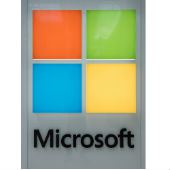 Early on in
Early on in  Without going into detail, US President Barack Obama has said that he’ll propose “some self-restraint” to the National Security Agency (NSA) in order to rein in
Without going into detail, US President Barack Obama has said that he’ll propose “some self-restraint” to the National Security Agency (NSA) in order to rein in 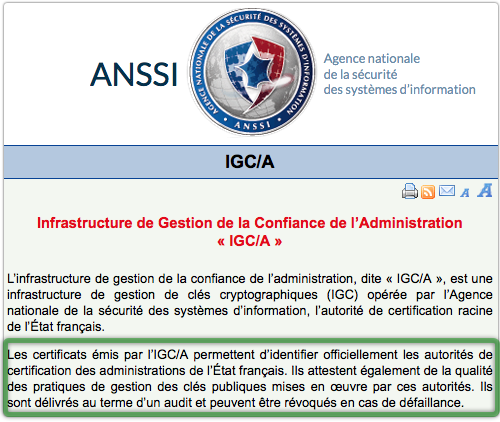
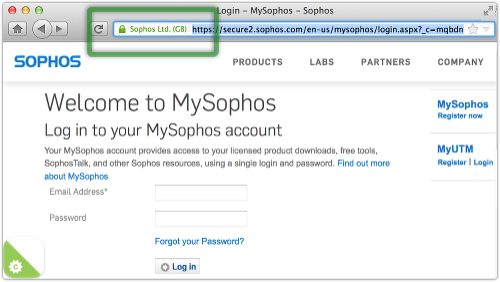

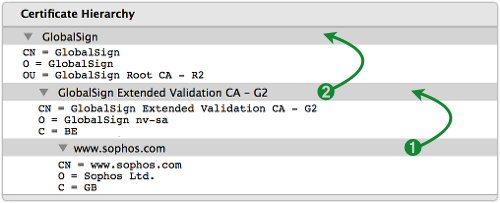
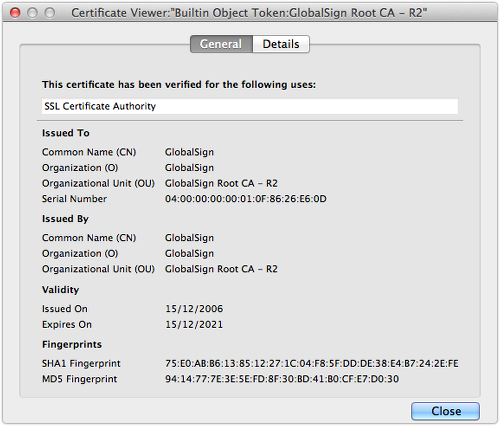
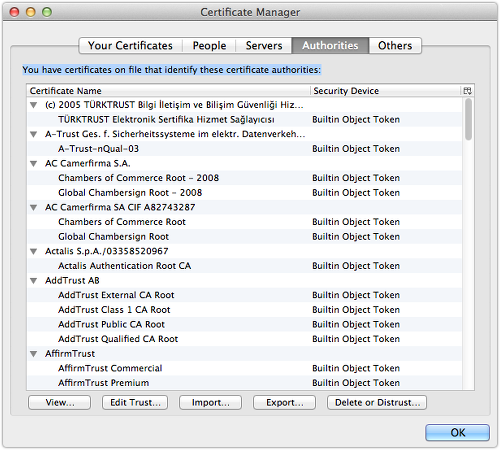
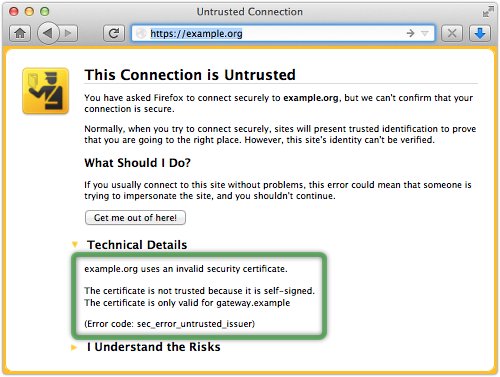
 A few weeks ago, the US Department of Defense
A few weeks ago, the US Department of Defense